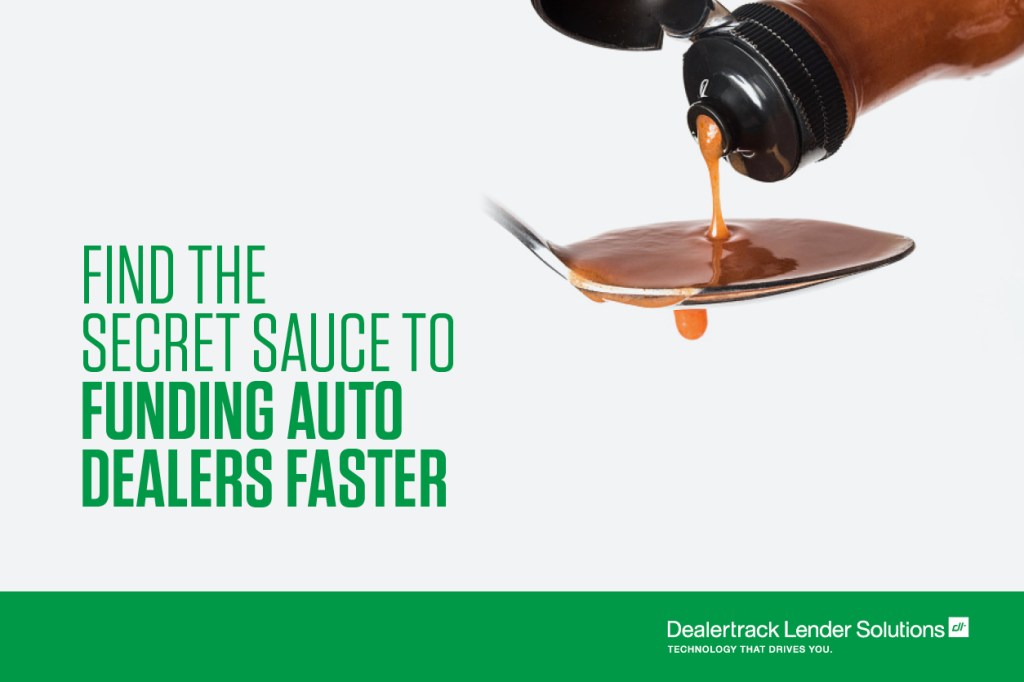As of the first quarter of 2020, there were 116.46 million car loans in the U.S. In any market conditions, lenders require the right data and insights to effectively manage their loan portfolios. With the current turbulent circumstances affecting auto retailing, jobless rates, consumer debt and nearly every other aspect of the economy, it’s more vital than ever for lenders to ensure they are balancing and protecting their collateral.
Let’s explore some obvious and not-so-obvious areas of risk lenders commonly face over the life of a loan, along with best practices for handling them.
Routine portfolio management: Is it really that routine?
The average term of an auto loan in 2019 was 61-84 months according to Experian data. Once the contract is signed and the consumer drives off with the vehicle, the dealer’s part of the transaction is over, but the lender’s work continues.
We’ll talk later about some of the worst-case scenarios that can crop up during those long loan terms, but let’s start with loans that are quietly paid off on schedule by the consumer.
Even in this “good” scenario, it’s important for a lender to access reliable valuations data to help them securitize the portfolio, assess collateral depreciation and/or estimate its liquidation value at auction. Digital valuation tools can help lenders evaluate which collateral they should maintain to maximize their ROI throughout the term of the loan.
There are also title considerations for every loan, which can require juggling different processes for paper, electronic and owner-held titles depending on the state. This is another area where technology can help streamline the process.
Flat tires and fender-benders: No big deal, right? Well, that depends…
According to Dealertrack data, consumers buy an average of two aftermarket protection products with each vehicle purchased. The dealership does the work of submitting the contract and payment to the aftermarket provider, but it’s advisable for lenders to put a process in place to verify that the aftermarket contracts they fund are actually in effect.
Having the assurance that the vehicle you financed will have minor damage covered by the purchased aftermarket service not only makes you a good steward of protecting the consumer, but of your collateral and your own bottom line, should the consumer decide to trade the car in, and may be owed a refund on the aftermarket contract cancellations – an estimated $4B+ business each year, according to Dealertrack and F&I Express transaction data. We’ll talk more about this in the next scenario.
Damaged beyond reasonable repair: The pain of total loss…
When a vehicle gets damaged severely enough to be totaled, the workload for the lender intensifies. There are two key areas where technology solutions can help comply with state regulations, protect dealer relationships and consumers, and ensure reliable loss calculations.
Insurance and Salvage Negotiations – In cases where the outstanding loan balance is higher than a vehicle’s market value, it can take 2-3 months or more of back-and-forth including phone calls and redlines on letters of guarantee to determine how effectively a lender will be able to preserve their investment. It’s helpful for lenders to partner with solution providers that can help them stay apprised of their portfolio value and establish an efficient total loss payoff process.
Aftermarket Cancellations – Aftermarket cancellations play an important role in calculating the valuation for insurance negotiations because they affect the deficiency balance on the loan. They are also an important compliance step in the 46 states that currently make lenders legally responsible for timely and accurate aftermarket refunds and loan reconciliation. This is no small amount of money: 2019 cancellation transaction data from F&I Express and payoff quote data from Dealertrack suggest that aftermarket cancellations could potentially reach $4 billion a year or more.*
To repo or not to repo?
Industry statistics show that more than 2 million vehicles are repossessed every year for lapsed loan payments. Although repossession is not uncommon, it is a time-consuming process for numerous lender teams including loan service, collections and titling.
Before the repossession process even begins, having that reliable valuation data is critical to determining whether the value of the vehicle minus the loan balance can offset the expense of taking the vehicle back, reconditioning it, and selling it at auction or retail. Again, aftermarket cancellations are part of that valuation as well because they may help the lender recoup some of the deficiency balance on the loan.
According to 2019/2020 statistics, for every 2.4 cars sold, one existing vehicle on the road will be repossessed each year. That means it’s important for lenders to have the tools in place to make the process as efficient and cost-effective as possible.
Protecting your entire loan portfolio
There are technology solutions available to help lenders guide risk mitigation strategy for every part of their auto loan portfolio lifecycle including aftermarket verifications, title management, valuations, aftermarket cancellations due to payoff, total loss or repossession – and everything in between.
To learn more about mitigating portfolio risk, download our latest insights report.










